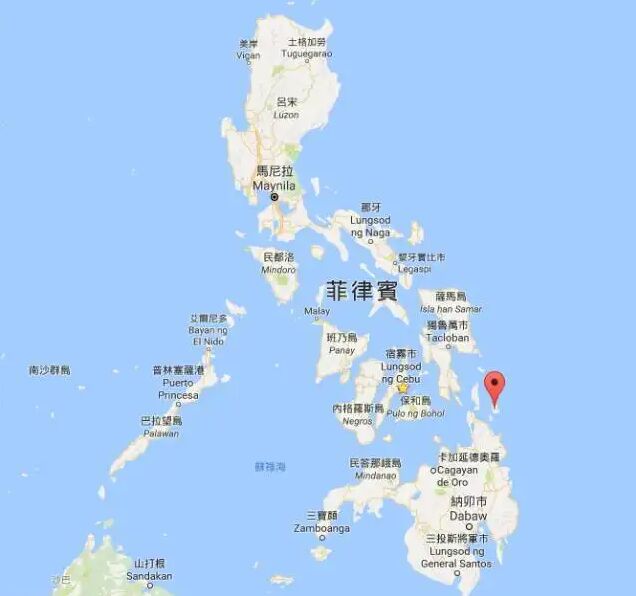您好,欢迎光临EasyGo易游国际,我们提供全球【签证办理】【移民绿卡】【机票预订】【公证认证】【法律支援】【商标注册】等各国出入境服务

THE OFFICIAL PARTNER
HOT LINE
19896549345
中文 / English
Geographical profile of the Philippines

Terrain
The terrain of the Philippine Islands is mostly mountainous, accounting for more than 3/4 of the total area; there are more than 200 volcanoes, including 21 active volcanoes. Except for a few islands with wider inland plains, most islands only have scattered and narrow plains along the coast. Mount Mayon in the southeast of Luzon is the largest active volcano; Mount Apo in the southeast of Mindanao is 2954 meters above sea level and is the highest peak in the territory. The islands are shallow seas with many coral reefs. The Philippine Islands are flanked by the deep sea, Samar Island and the Philippine Trench east of Mindanao, with a depth of 10479 meters, which is one of the deepest areas in the world.
Climate
The Philippines has a monsoon tropical rain forest climate with high temperature and rain, high humidity and many typhoons. The average annual temperature is 27 ℃, and the annual precipitation is 2000-3000mm.
Hydrology
Rivers in the Philippines are shorter and smaller. The Cagayan River, the largest river in Luzon, is 350 kilometers long; Mindanao is larger than the Mindanao and Agusan rivers.
Natural resources
There are more than 20 kinds of mineral deposits in the Philippines, including copper, gold, silver, iron, chromium, and nickel. Copper reserves are about 4.8 billion tons, nickel 1.09 billion tons and gold 0.136 billion tons. Geothermal resources are expected to have 2.09 billion barrels of crude oil standard energy. There are about 0.35 billion barrels of oil reserves in the northwestern waters of Palawan Island. The Philippines is rich in wild plant resources! The wild animals in the Philippines are mainly mammals, with as many as 200 species, most of which are Pterodactyla and Insectivora; there are about 750 species of birds. There are mainly wild buffalo, tarsier, rat deer, hedgehog, mouse, monkey-eating eagle, etc.
Economy
The Philippines is an export-oriented economy and relies heavily on external markets. The tertiary industry plays a prominent role in the national economy, and agriculture and manufacturing also account for a considerable proportion. In the late 2060s, an open policy was adopted to actively attract foreign investment, and remarkable results were achieved in economic development. After the 1980s, affected by the economic recession in the West and its own political turmoil, economic development slowed down significantly. In the early 1990s, the Ramos government adopted a series of measures to revitalize the economy, and the economy began to recover in an all-round way and maintained a relatively high growth rate. The Asian financial crisis that broke out in 1997 had little impact on the Philippines, but its economic growth slowed down again. After President Duterte took office, he increased investment in infrastructure construction and agriculture, promoted tax reform, and maintained rapid economic growth, but he also faced problems such as high inflation, insufficient government financial resources, and corruption that seriously affected the economy.
Agriculture/Fisheries
The main agricultural products exported by the Philippines are coconut oil, bananas, fish and shrimp, sugar and sugar products, shredded coconut, pineapple and pineapple juice, unprocessed tobacco, natural rubber, coconut meal and seaweed. The forest area is 15.79 million hectares, with a coverage rate of 53%. There are precious woods such as ebony and sandalwood. Aquatic resources are rich, with more than 2400 species of fish, and tuna resources rank among the top in the world. The developed seawater and freshwater fishing grounds cover an area of 2080 square kilometers!
Relative Services
菲律宾
Philippines
VIP Price: ¥65000/人起
菲律宾
Philippines
VIP Price: ¥62000/人起
瓦努阿图
Vanuatu
VIP Price: ¥200000/人起
土耳其
Turkey
VIP Price: ¥1380000/人起
瓦努阿图
Vanuatu
VIP Price: ¥1020000/人起
VIP Price: ¥1000/人起
VIP Price: ¥0/人起
Popular Services
Recommend
Hot
List of holidays in Indonesia in 2023 1
Assault! Multi-sector joint raid in the Philippines! Detain the Chinese, 255 of them! 3
Sudden! 6 Chinese kidnapped by 5 in Philippines...... 4
"Chinese businessman frightened by kidnapping"? Philippine police concealed "kidnapping case"? 5
Philippines 2024 statutory holidays and special holidays (with salary algorithm) 7
Do Japanese visa holders travel to the Philippines visa-free? 8

出入境顾问 在线咨询

在线客服

在线客服
联系方式:19896549345,您可以电话或者微信直接沟通。

加我好友,随时为您解答出入境问题



